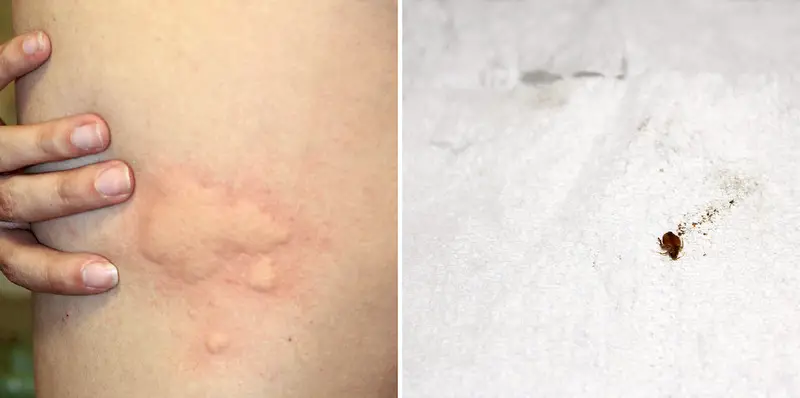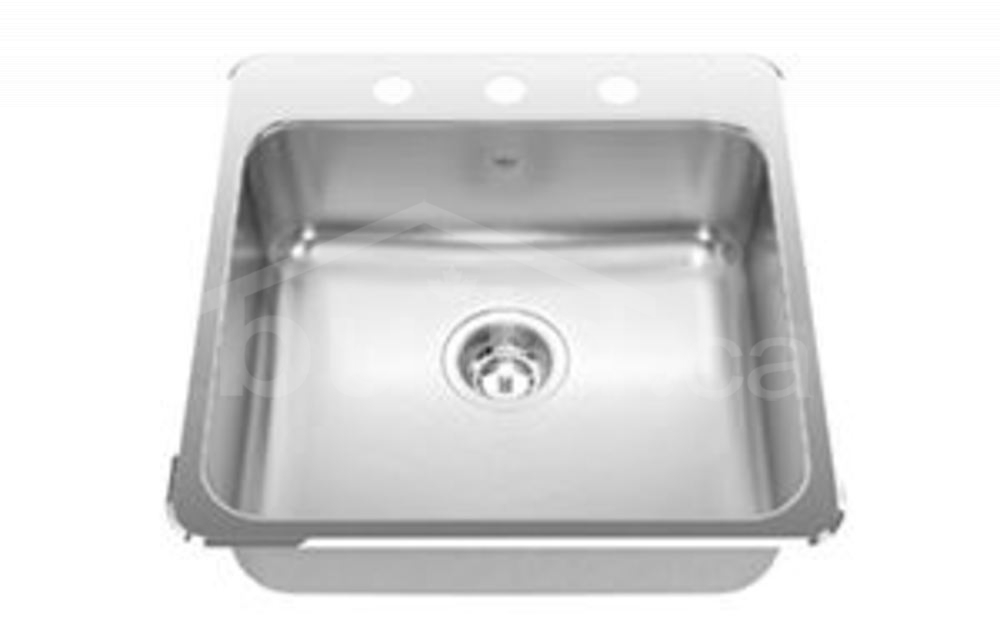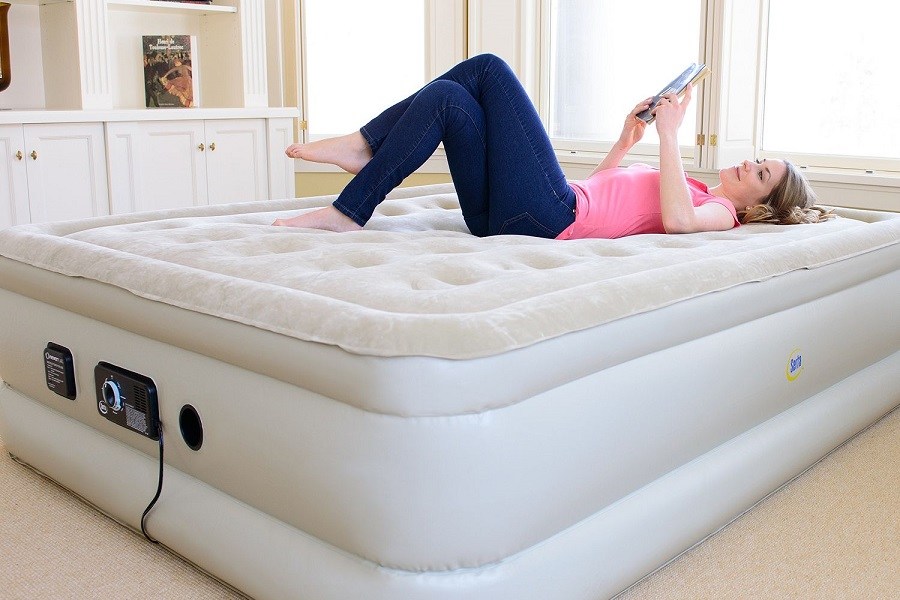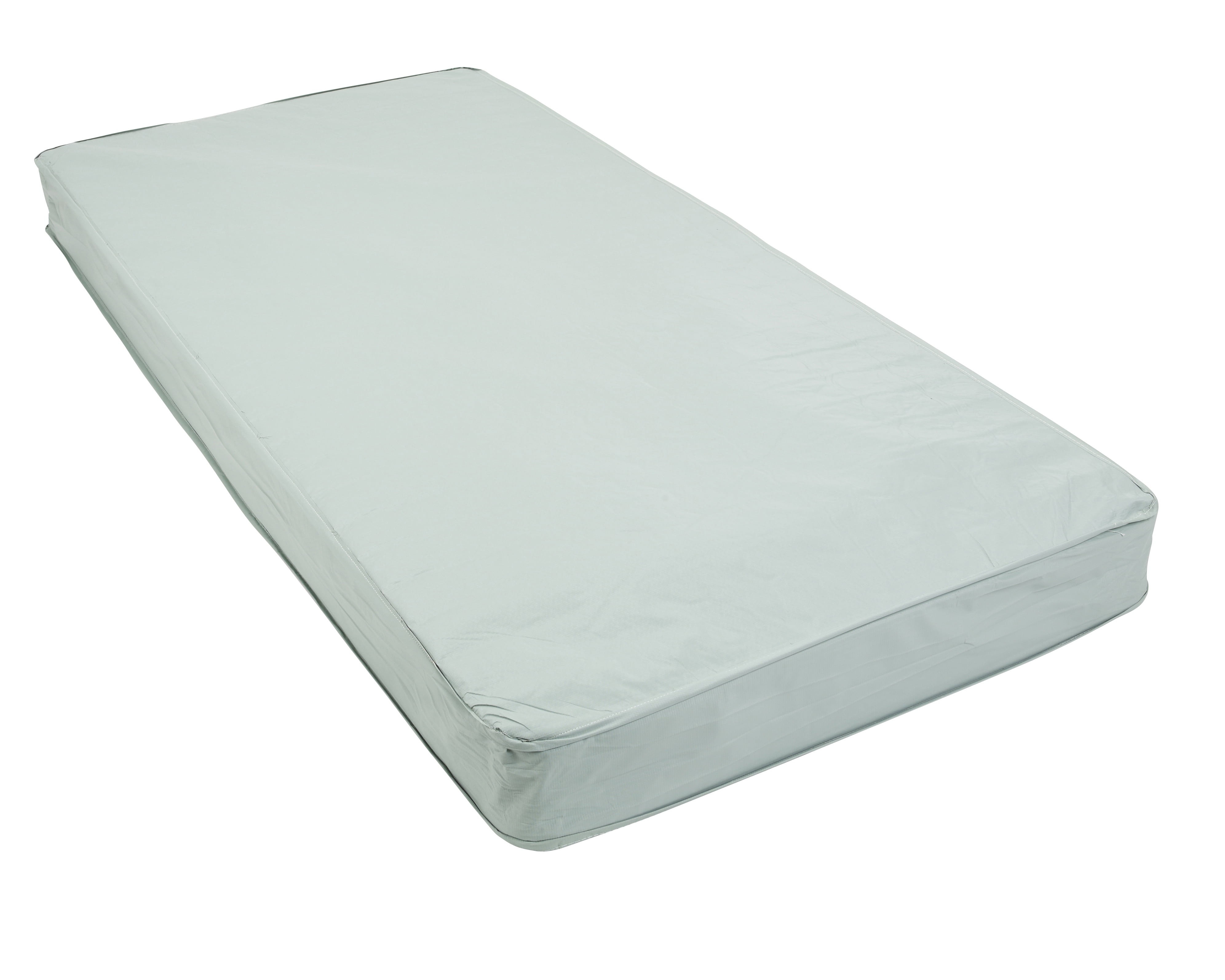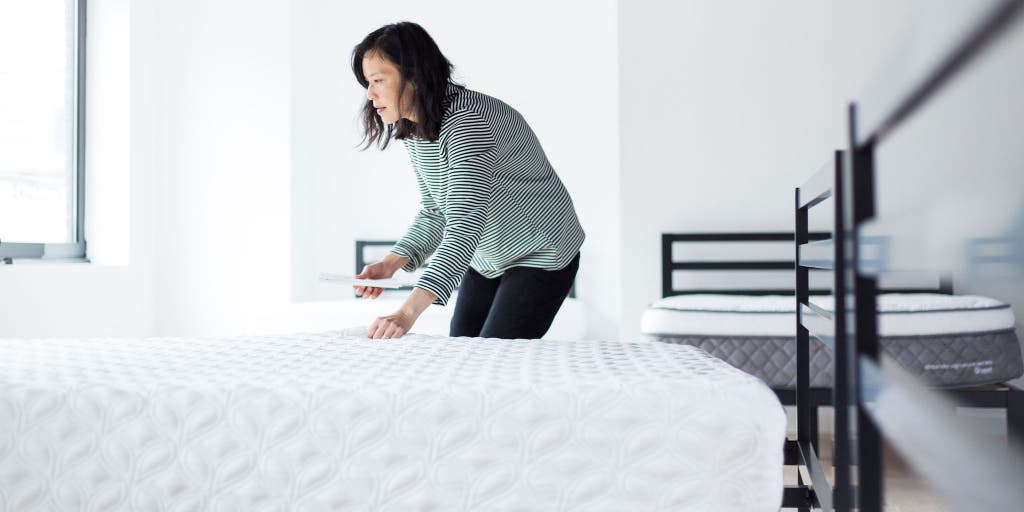Bed bugs are small, reddish-brown insects that feed on human blood. They are typically found in and around sleeping areas, making mattresses a prime target for infestation. If you suspect that you have bed bugs in your mattress, there are certain signs that you can look out for to confirm your suspicions. The most obvious sign of bed bugs in your mattress is the presence of bites on your body. These bites are often grouped together in a line or cluster and can be itchy and inflamed. Keep in mind that not everyone reacts to bed bug bites, so this may not be a reliable indicator for everyone. Another telltale sign of bed bugs in your mattress is the presence of small, rust-colored stains on your sheets or mattress. These stains are actually bed bug droppings and are a result of the bugs digesting blood. You may also find shed bed bug skins or egg shells on your sheets or mattress. If you notice a musty or sweet odor in your bedroom, this could also be a sign of bed bugs. These insects release pheromones, which can give off a distinct smell. However, this may not always be noticeable, so it should not be relied upon as the only indicator of bed bugs in your mattress. Signs of Bed Bugs in Your Mattress
If you suspect that you have bed bugs in your mattress, the first step is to do a thorough inspection. Start by stripping your bed of all bedding and inspecting your mattress and box spring for any signs of bed bugs. Pay special attention to the seams, tufts, and folds of the mattress, as these are common hiding spots for bed bugs. You should also check your headboard, bed frame, and any nearby furniture for signs of bed bugs. Look for the same signs of infestation, such as stains, droppings, and bugs themselves. You may also want to use a flashlight to help you see into any cracks or crevices where bed bugs may be hiding. If you find evidence of bed bugs, it is important to take action immediately to prevent the infestation from spreading. How to Check for Bed Bugs in Your Mattress
Yes, bed bugs can live in your mattress. In fact, they prefer to live in close proximity to their hosts, making mattresses and other sleeping areas ideal hiding spots. Bed bugs are also able to travel through walls and crawl spaces, so even if you do not have any visible signs of infestation in your mattress, it is still possible for bed bugs to be present. Bed bugs can also live in other areas of your bedroom, such as in cracks and crevices in the walls, baseboards, and furniture. This is why it is important to thoroughly inspect your entire bedroom if you suspect a bed bug infestation. Can Bed Bugs Live in Your Mattress?
Getting rid of bed bugs in your mattress is not an easy task, but it is possible with the right approach. The first step is to thoroughly clean and vacuum your mattress and box spring. This will help to remove any bugs, eggs, or droppings that are present. You can also use a steam cleaner to kill any bed bugs that may be hiding in your mattress. The high heat from the steam will effectively kill the bugs and their eggs. Just be sure to follow the manufacturer's instructions and use caution when using a steam cleaner on your mattress. In addition to cleaning, you may also want to consider using bed bug mattress encasements. These are special covers that are designed to trap any bed bugs inside and prevent them from escaping or feeding on you. They can also make it easier to spot and remove any remaining bed bugs. If these methods do not work, you may need to call in a professional pest control company to treat your home for bed bugs. How to Get Rid of Bed Bugs in Your Mattress
Bed bugs are excellent at hiding and can be difficult to find, even in a mattress. As mentioned earlier, they often hide in the seams, folds, and tufts of a mattress, as well as in cracks and crevices in the bed frame or headboard. They can also hide in the box spring, under the mattress, and in nearby furniture. When inspecting for bed bugs, be sure to thoroughly check all of these areas and use a flashlight to help you see into any small spaces where bed bugs may be hiding. Where Do Bed Bugs Hide in Your Mattress?
Bed bugs can live for several months without feeding, so they can survive in a mattress for quite some time. In fact, they can survive for up to a year without a blood meal. This means that even if you leave your mattress unused for an extended period of time, the bed bugs can still be present when you return. However, if you are actively using your mattress and providing a source of food for the bed bugs, they may survive for a shorter period of time. This is why it is important to take action as soon as you suspect a bed bug infestation in your mattress. How Long Can Bed Bugs Live in a Mattress?
Bed bugs are small, flat, and oval-shaped insects that are about the size of an apple seed. They are reddish-brown in color and have six legs and two antennae. In their immature stages, bed bugs are smaller and lighter in color, making them more difficult to spot. You may also be able to see bed bugs in your mattress if you look closely. Adult bed bugs are about the size of an apple seed, while immature bed bugs are much smaller. They are typically found in groups and may appear as dark spots on your mattress. What Do Bed Bugs Look Like in a Mattress?
The best way to prevent bed bugs in your mattress is to take preventative measures. This includes regular cleaning and inspection of your mattress and surrounding areas. You should also be cautious when traveling and inspect any new furniture or secondhand items before bringing them into your home. If you live in an apartment building or other shared living space, it is important to communicate with your neighbors and management about any bed bug infestations. This will help to prevent the spread of bed bugs to your own living space. How to Prevent Bed Bugs in Your Mattress
While mattresses are a common hiding spot for bed bugs, they can also be found in other areas of your home. This includes furniture, clothing, and even electrical outlets. Bed bugs are excellent hitchhikers and can easily travel from one location to another, so it is important to thoroughly inspect your entire living space if you suspect an infestation. That being said, mattresses are still one of the most common areas for bed bugs to live and are often the first place to check if you suspect an infestation. Do Bed Bugs Only Live in Mattresses?
If you have confirmed that you have bed bugs in your mattress, there are a few different treatment options available. As mentioned earlier, cleaning and vacuuming your mattress is a good first step. You can also use steam or heat to kill any remaining bed bugs. There are also chemical treatments available, but these should only be used by a professional pest control company. It is important to use caution when using any chemicals in your home, especially on your mattress, which is where you spend a significant amount of time. It is also important to note that some treatments may not be effective in killing bed bug eggs, so it may be necessary to repeat the treatment after a few weeks to ensure that all bed bugs have been eliminated. How to Treat a Mattress for Bed Bugs
How to Prevent and Get Rid of Bed Bugs in Your Mattress
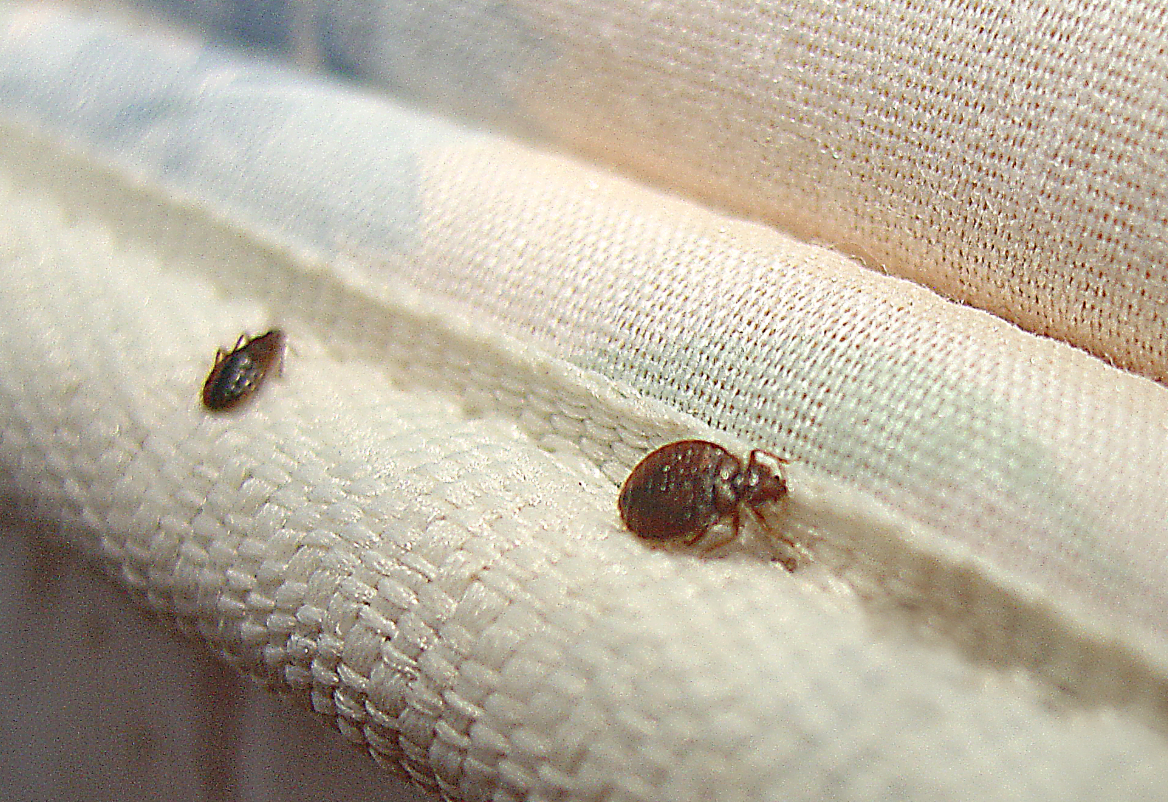
Understanding the Nature of Bed Bugs
 Bed bugs are small, brown, oval-shaped insects that feed on the blood of humans and animals. They are commonly found in areas where people sleep, such as mattresses, box springs, and bed frames. These pests are notorious for causing itchy bites and can be difficult to get rid of once they infest your home. Many people wonder if bed bugs can actually live in their mattress, and the answer is yes. In fact, mattresses are one of the most common places where bed bugs are found.
Bed bugs are small, brown, oval-shaped insects that feed on the blood of humans and animals. They are commonly found in areas where people sleep, such as mattresses, box springs, and bed frames. These pests are notorious for causing itchy bites and can be difficult to get rid of once they infest your home. Many people wonder if bed bugs can actually live in their mattress, and the answer is yes. In fact, mattresses are one of the most common places where bed bugs are found.
How Do Bed Bugs Get into Your Mattress?
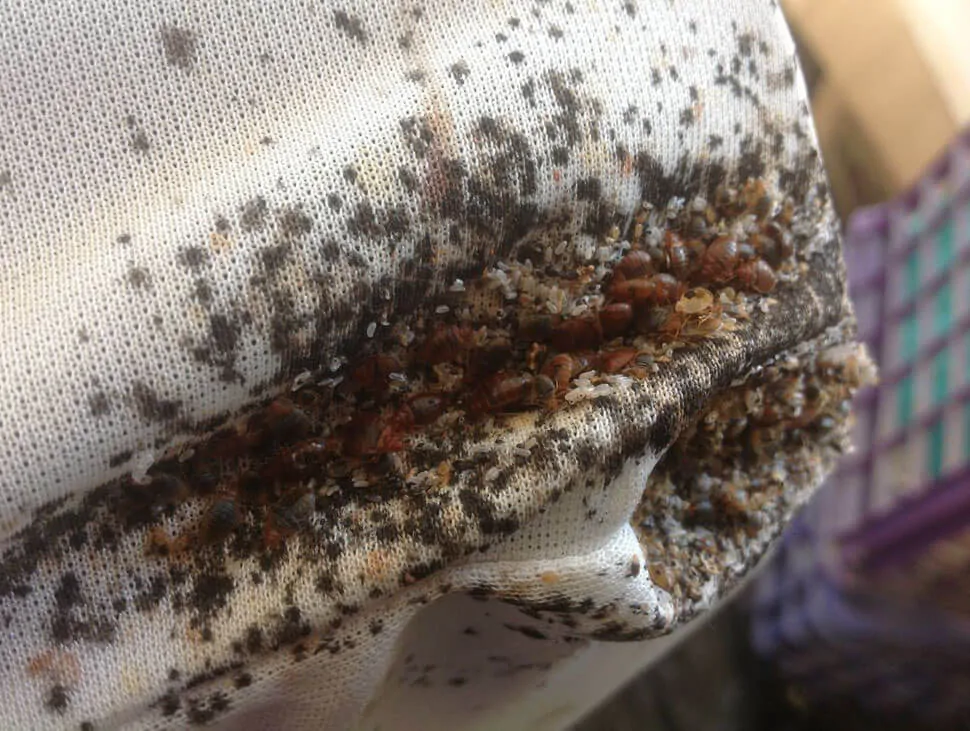 Bed bugs are excellent hitchhikers and can easily travel from one place to another by hiding in luggage, clothing, and furniture. They can also crawl from one apartment to another in multi-unit buildings, making it easy for them to enter your home. Once they are in your home, they can quickly infest your mattress and other areas where people sleep, such as sofas and recliners.
Bed bugs are excellent hitchhikers and can easily travel from one place to another by hiding in luggage, clothing, and furniture. They can also crawl from one apartment to another in multi-unit buildings, making it easy for them to enter your home. Once they are in your home, they can quickly infest your mattress and other areas where people sleep, such as sofas and recliners.
Preventing Bed Bugs in Your Mattress
 Prevention is key when it comes to bed bugs. Make sure to thoroughly inspect any secondhand furniture or clothing before bringing them into your home. When traveling, check your hotel room for any signs of bed bugs before unpacking. It is also important to regularly vacuum your mattress and box spring to remove any potential bed bugs or eggs that may have made their way into your home.
Prevention is key when it comes to bed bugs. Make sure to thoroughly inspect any secondhand furniture or clothing before bringing them into your home. When traveling, check your hotel room for any signs of bed bugs before unpacking. It is also important to regularly vacuum your mattress and box spring to remove any potential bed bugs or eggs that may have made their way into your home.
Getting Rid of Bed Bugs in Your Mattress
 If you suspect that you have bed bugs in your mattress, it is important to take action immediately. The first step is to remove all bedding and wash it in hot water to kill any bed bugs or eggs. Next, vacuum your mattress thoroughly, paying special attention to the seams and crevices. You can also use a steamer on your mattress to kill any remaining bed bugs. It is important to contact a professional pest control service to completely eradicate the infestation.
If you suspect that you have bed bugs in your mattress, it is important to take action immediately. The first step is to remove all bedding and wash it in hot water to kill any bed bugs or eggs. Next, vacuum your mattress thoroughly, paying special attention to the seams and crevices. You can also use a steamer on your mattress to kill any remaining bed bugs. It is important to contact a professional pest control service to completely eradicate the infestation.
In Conclusion
 While it may seem daunting, it is possible to prevent and get rid of bed bugs in your mattress. By taking preventative measures and seeking professional help if needed, you can ensure that your mattress remains a safe and comfortable place to sleep. Remember to regularly inspect and clean your mattress to keep these pesky pests at bay.
While it may seem daunting, it is possible to prevent and get rid of bed bugs in your mattress. By taking preventative measures and seeking professional help if needed, you can ensure that your mattress remains a safe and comfortable place to sleep. Remember to regularly inspect and clean your mattress to keep these pesky pests at bay.
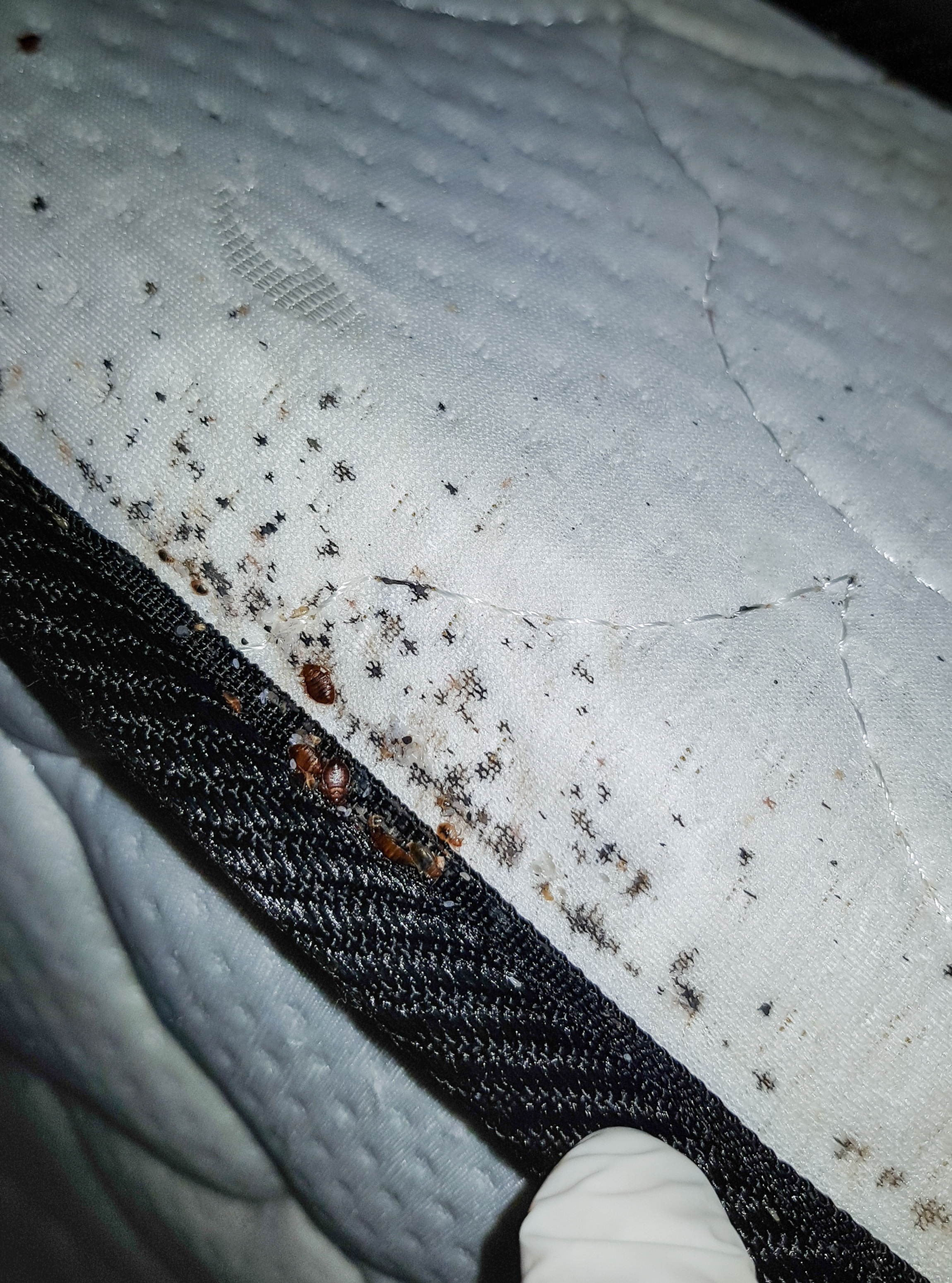







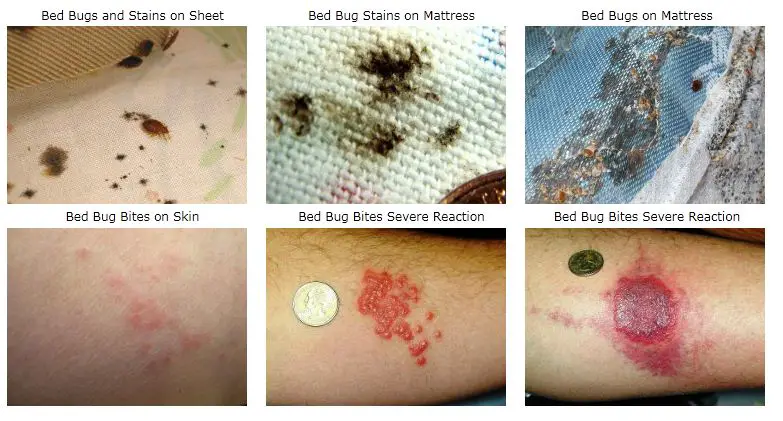



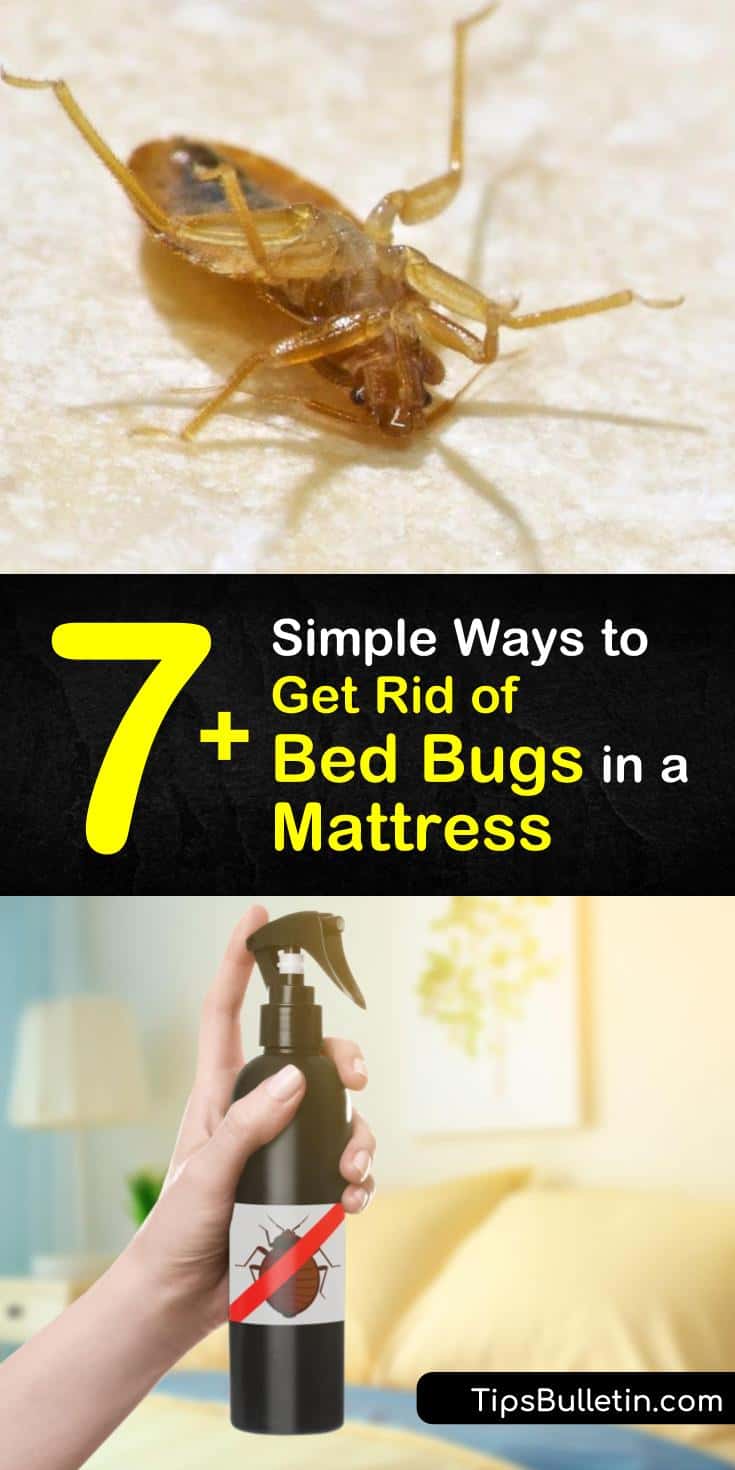








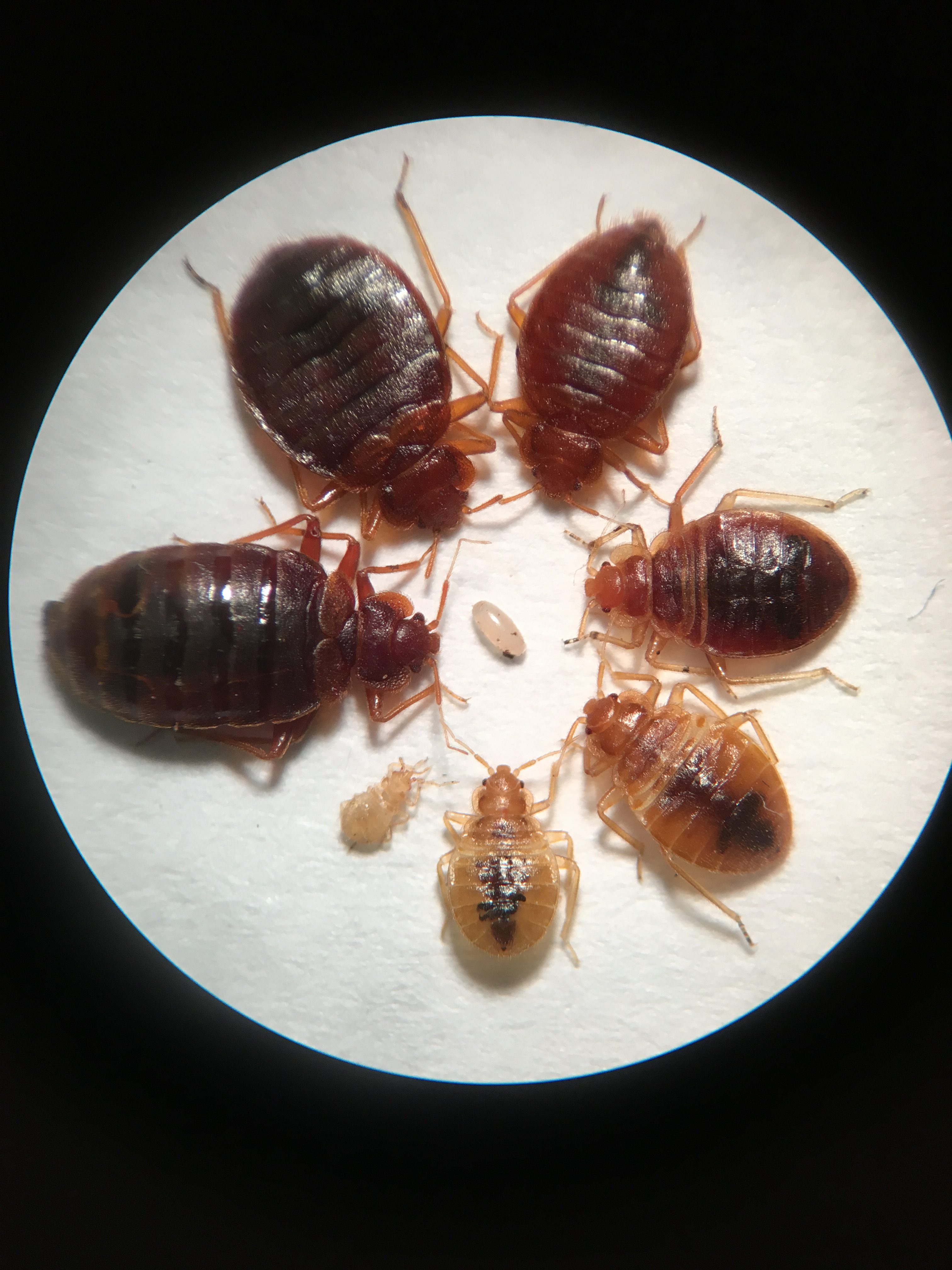
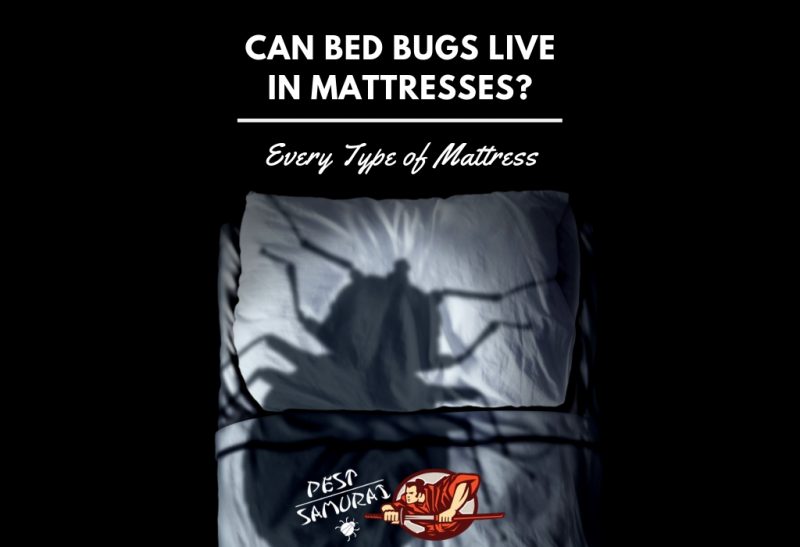
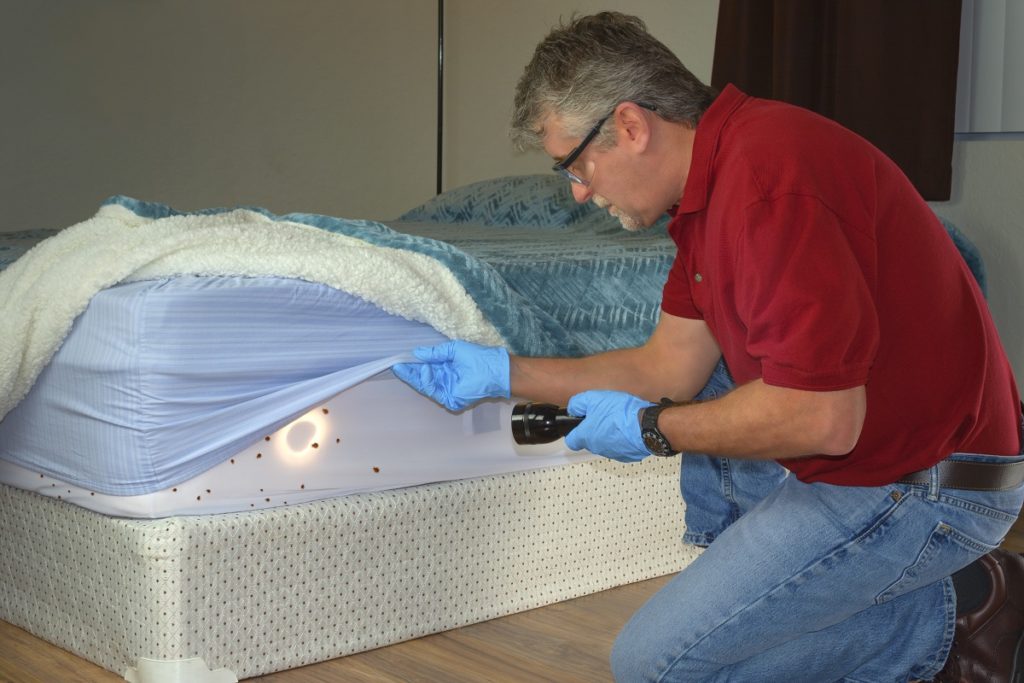

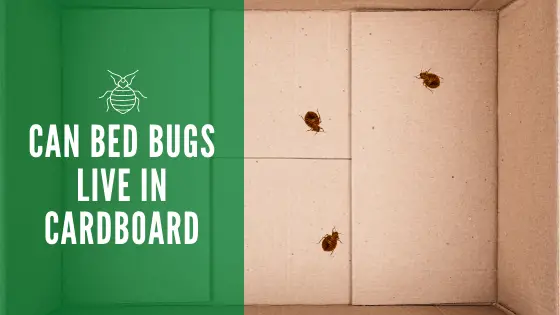




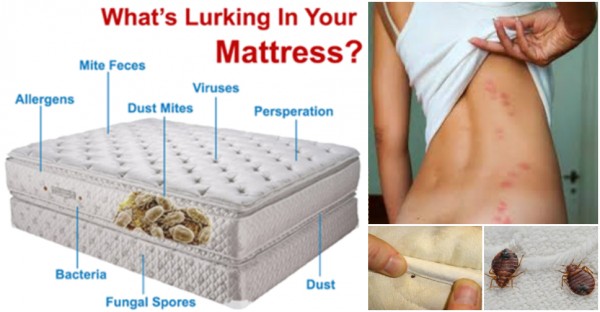
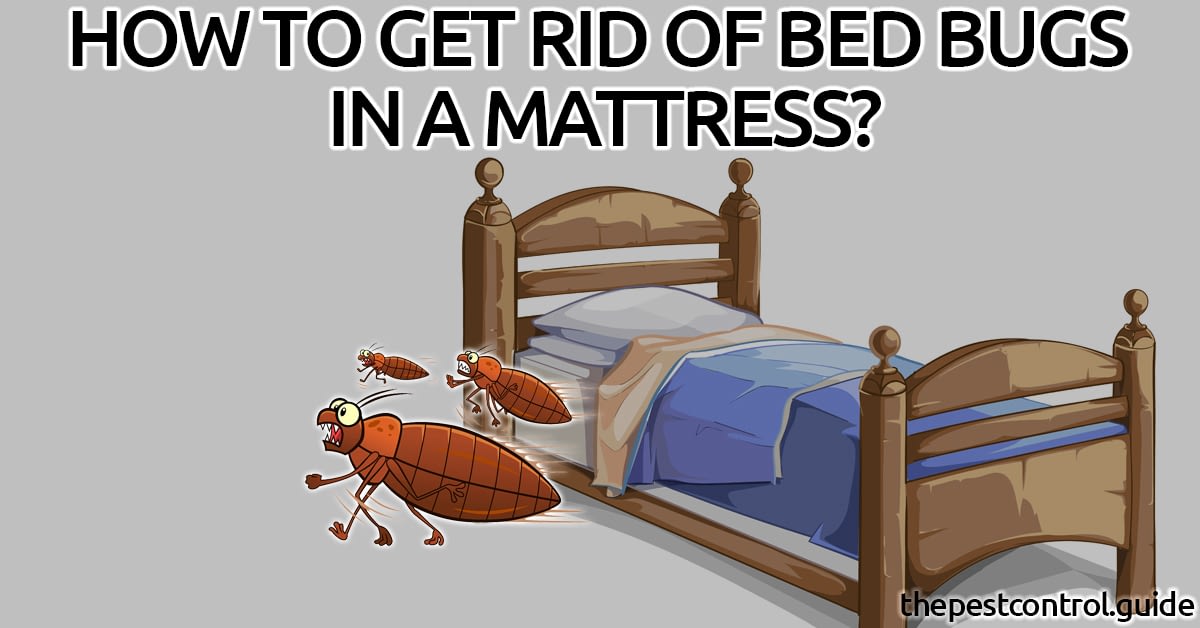
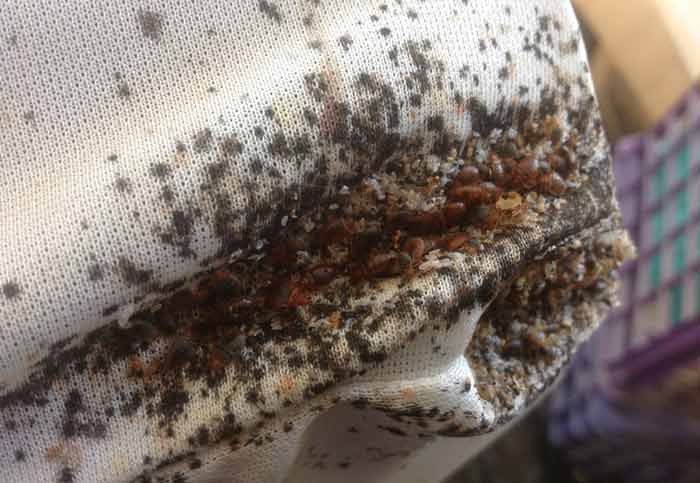


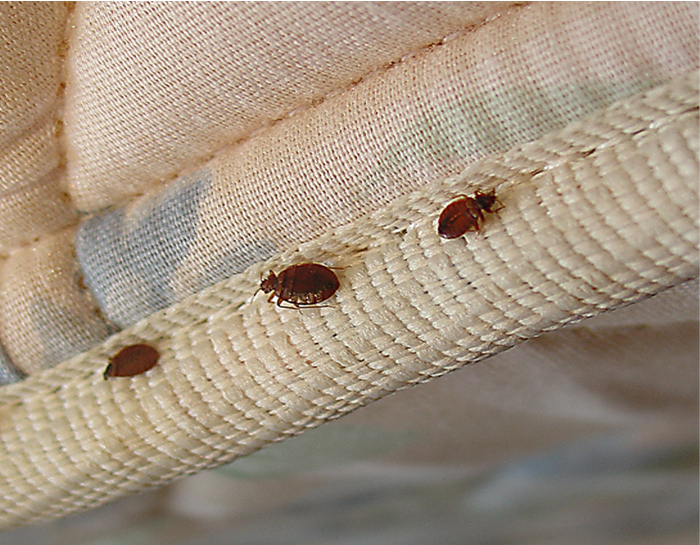
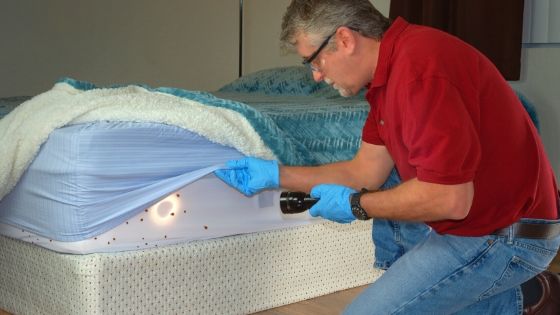





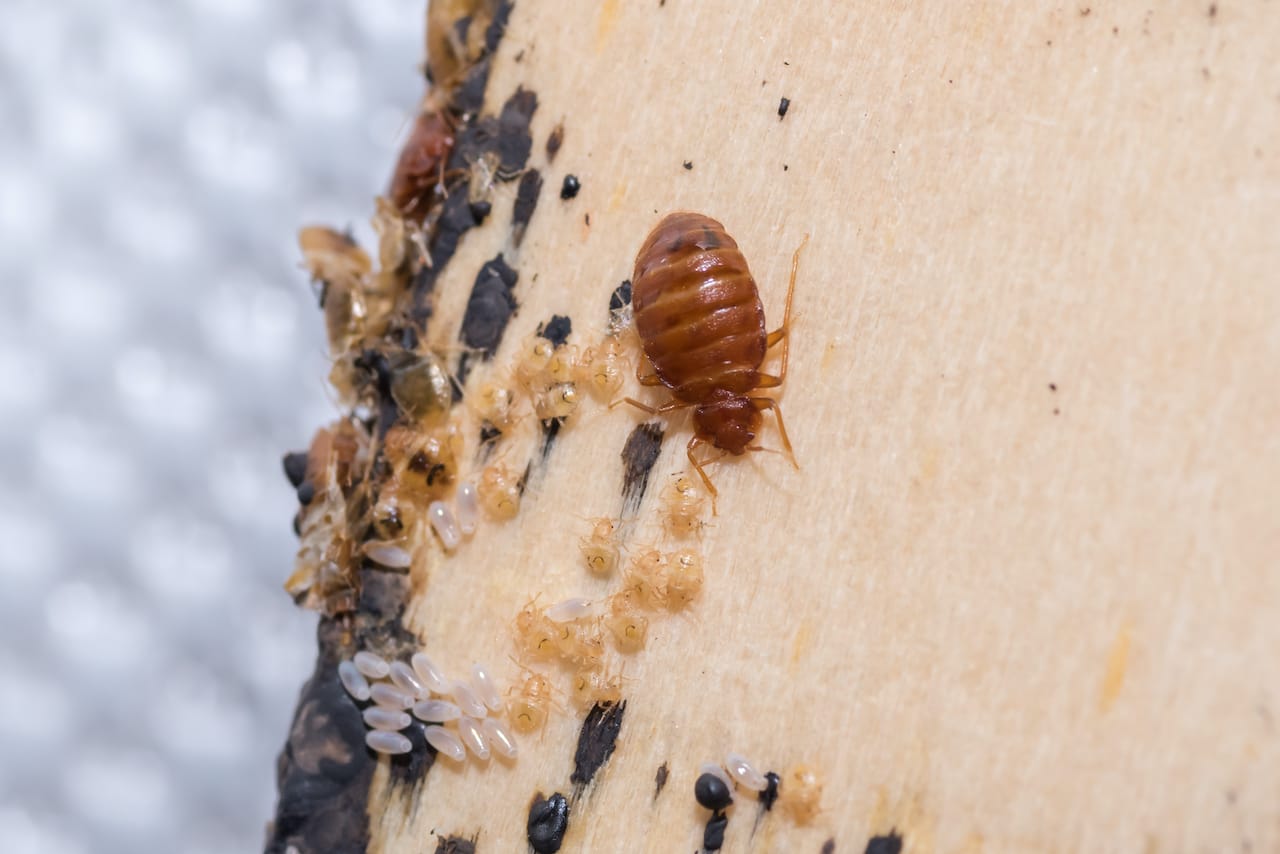


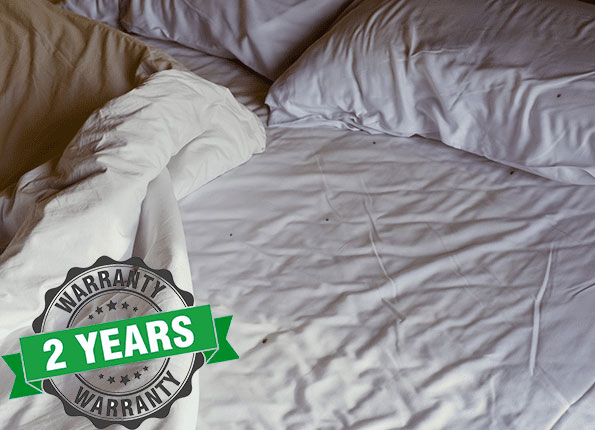





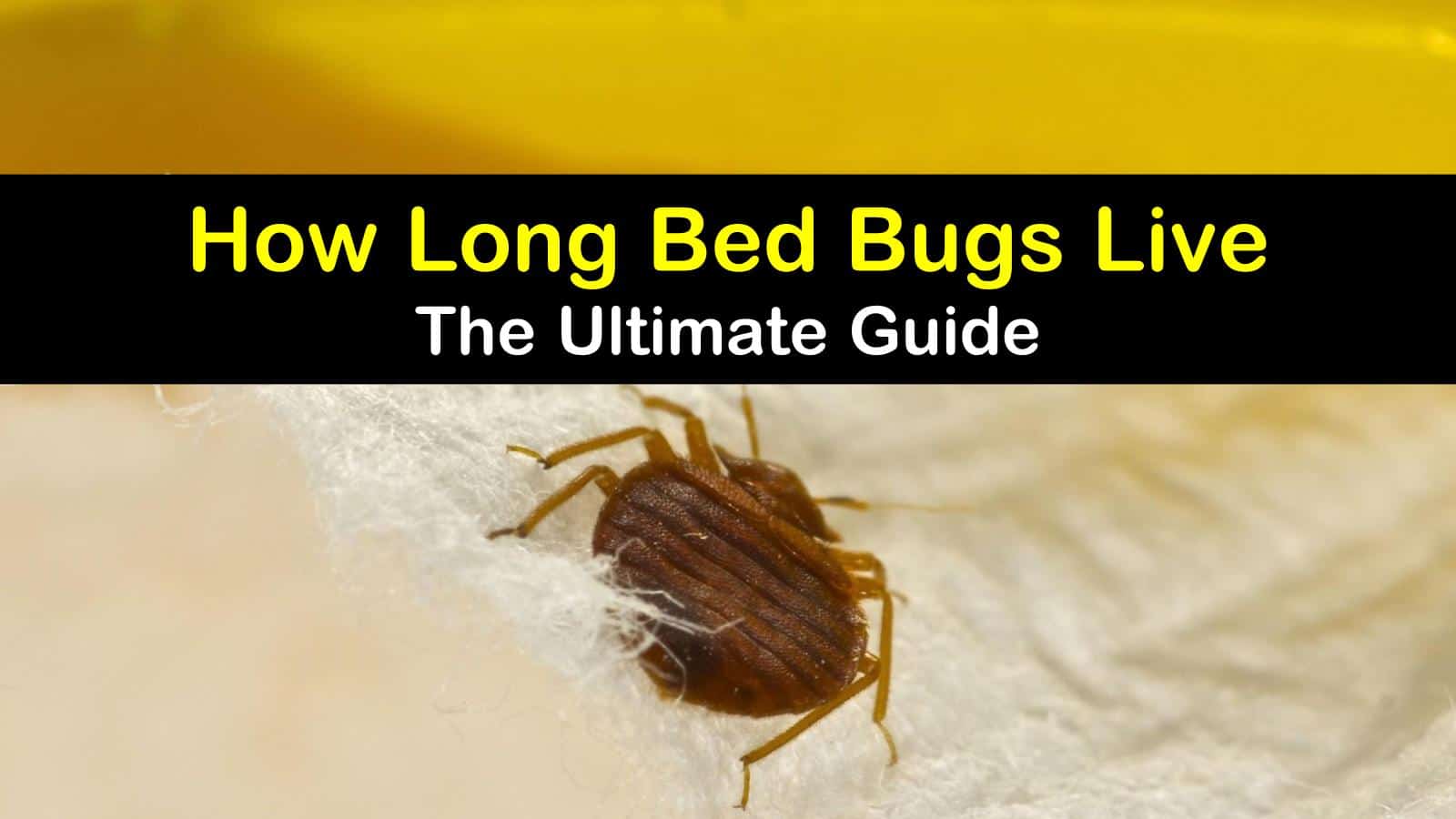
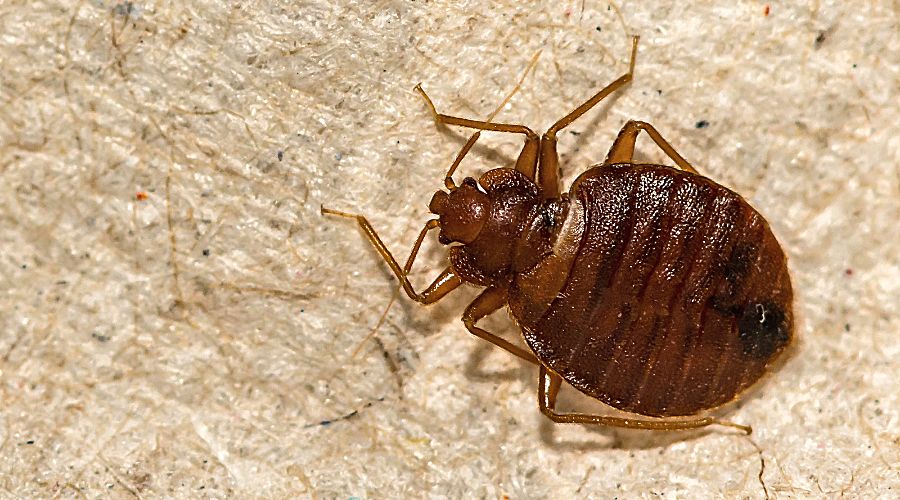
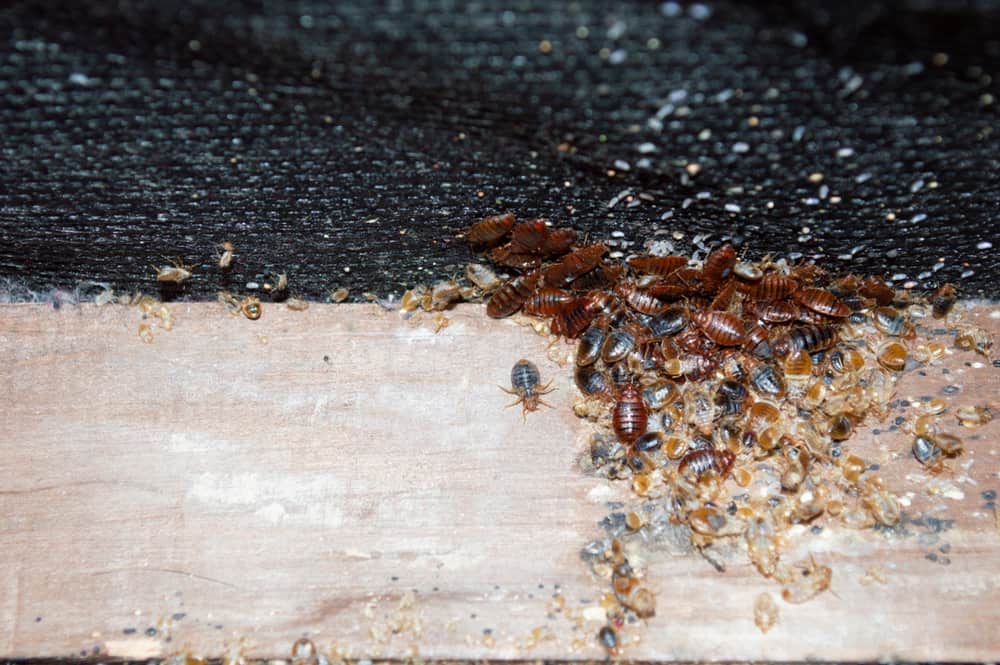
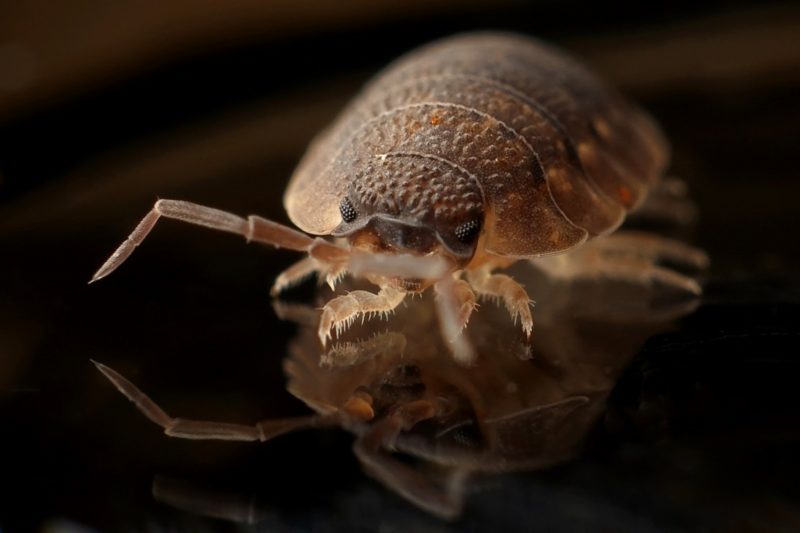

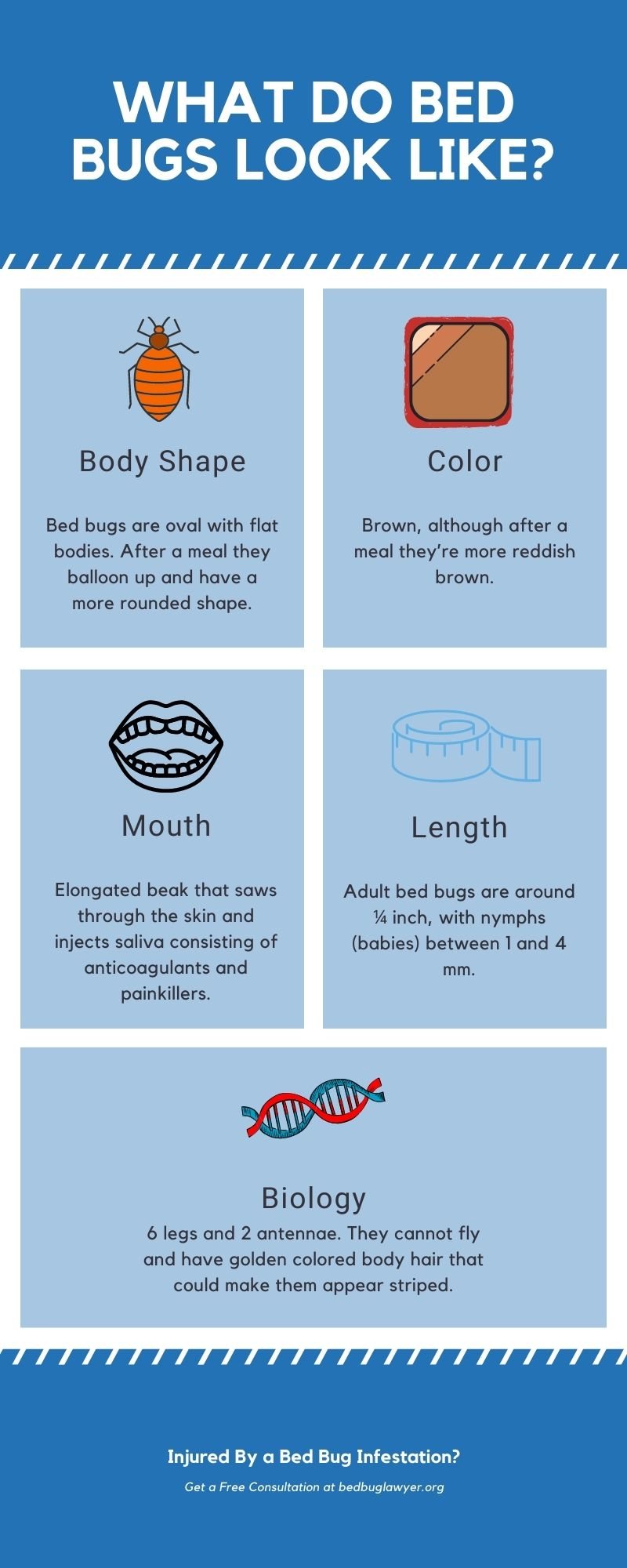
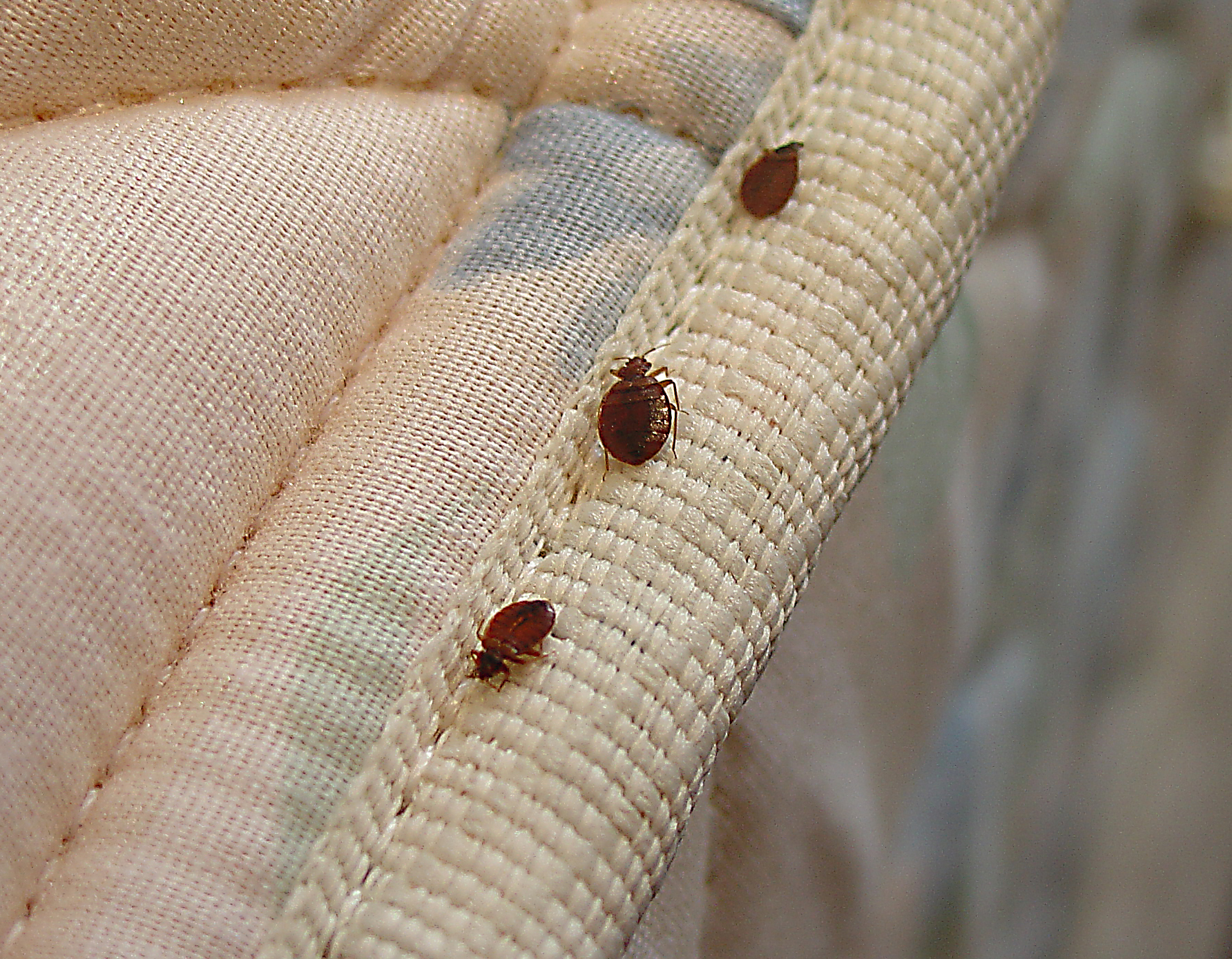
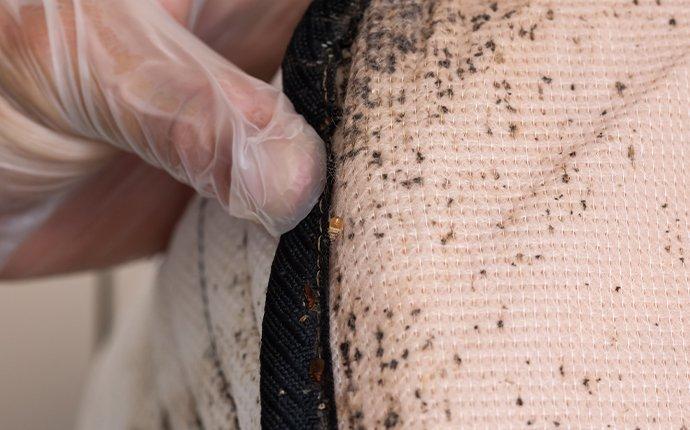


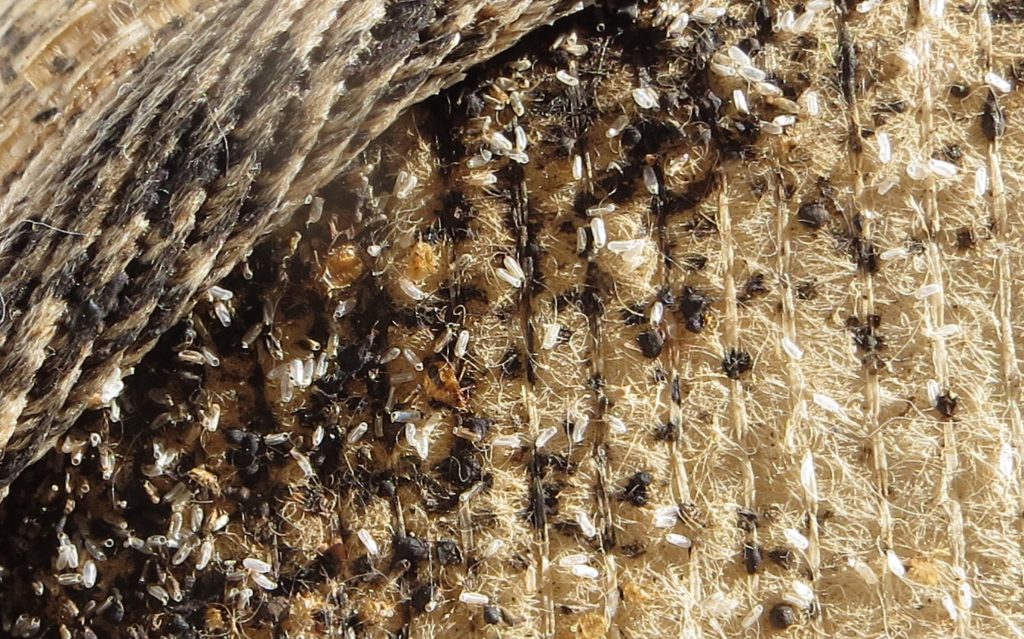



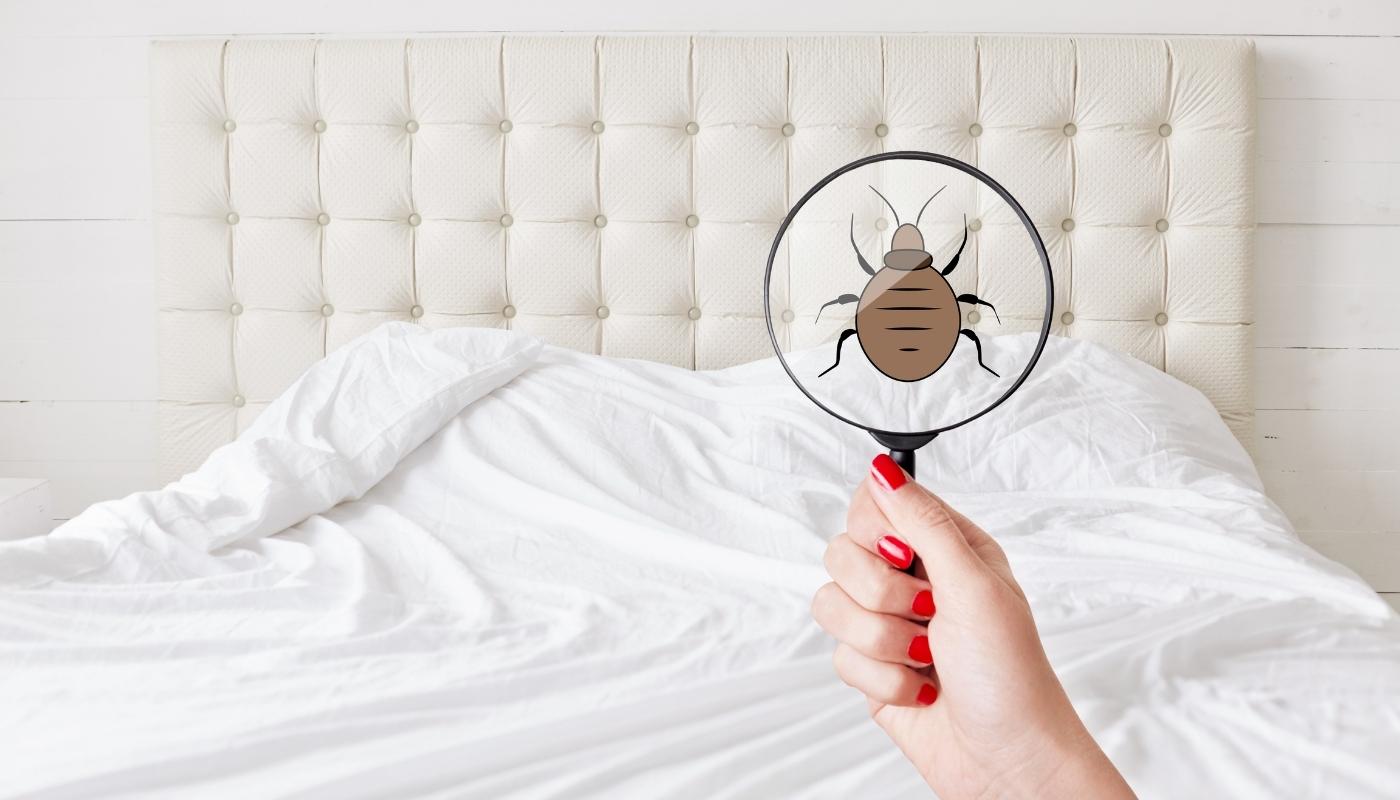




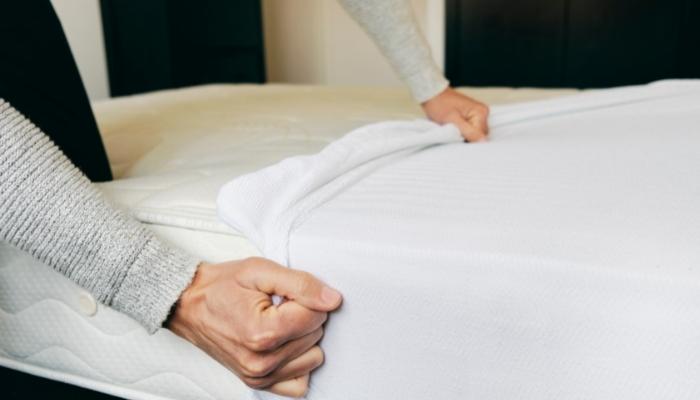
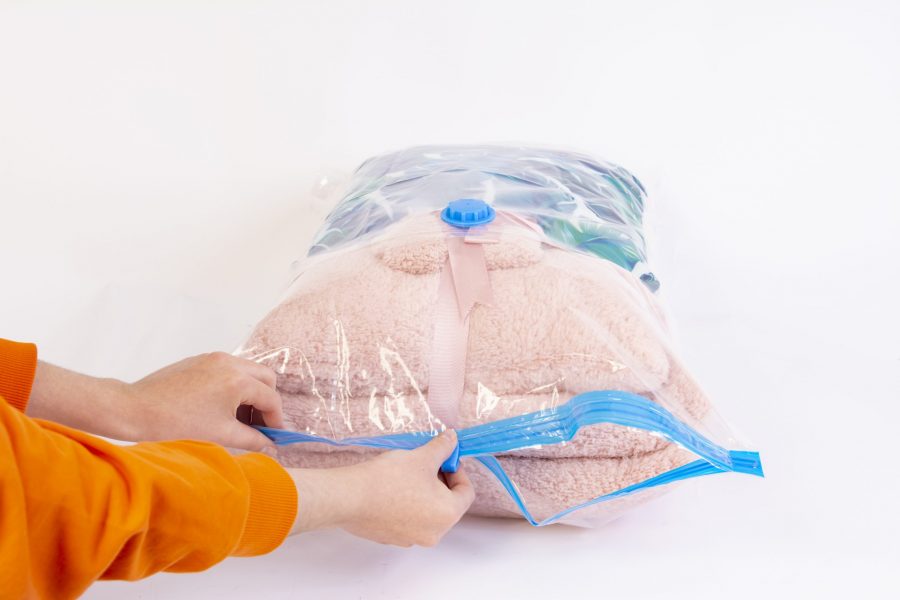
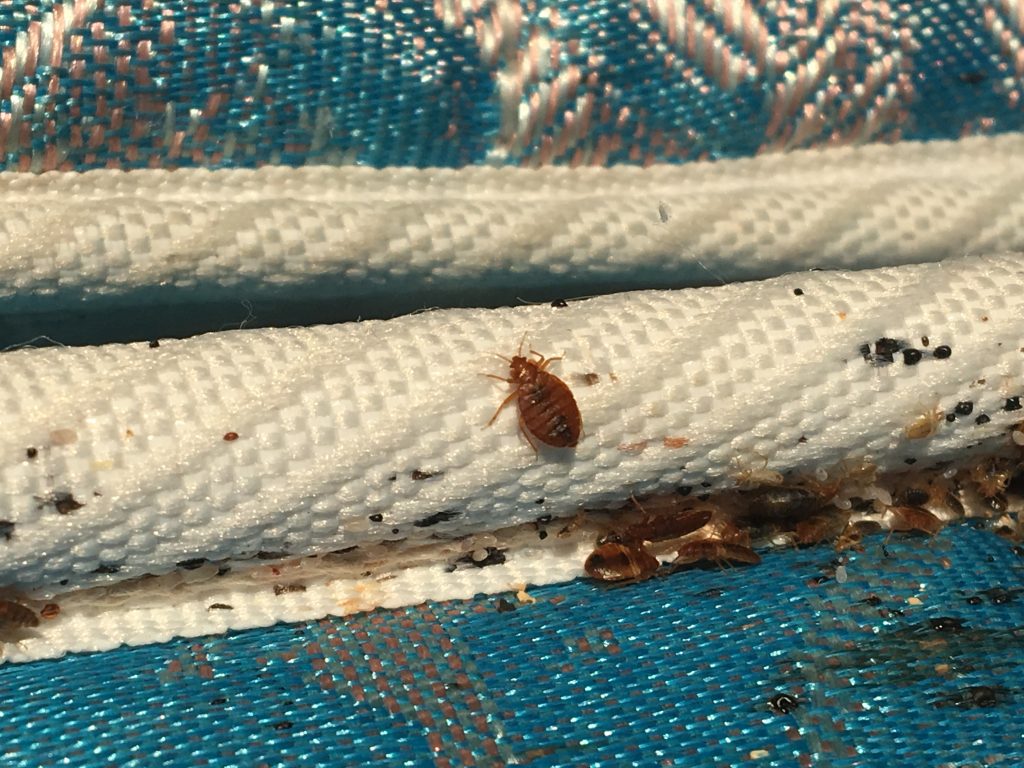
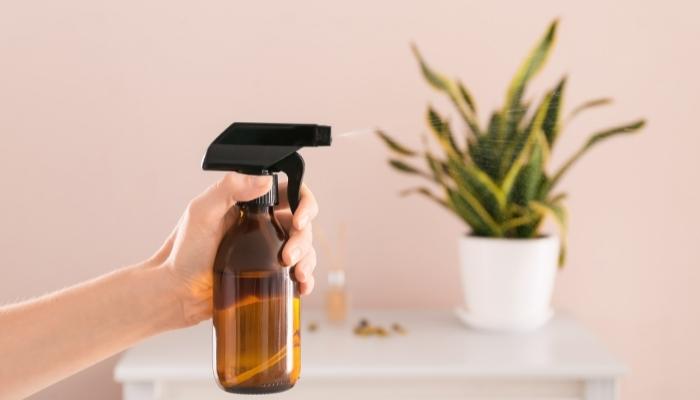
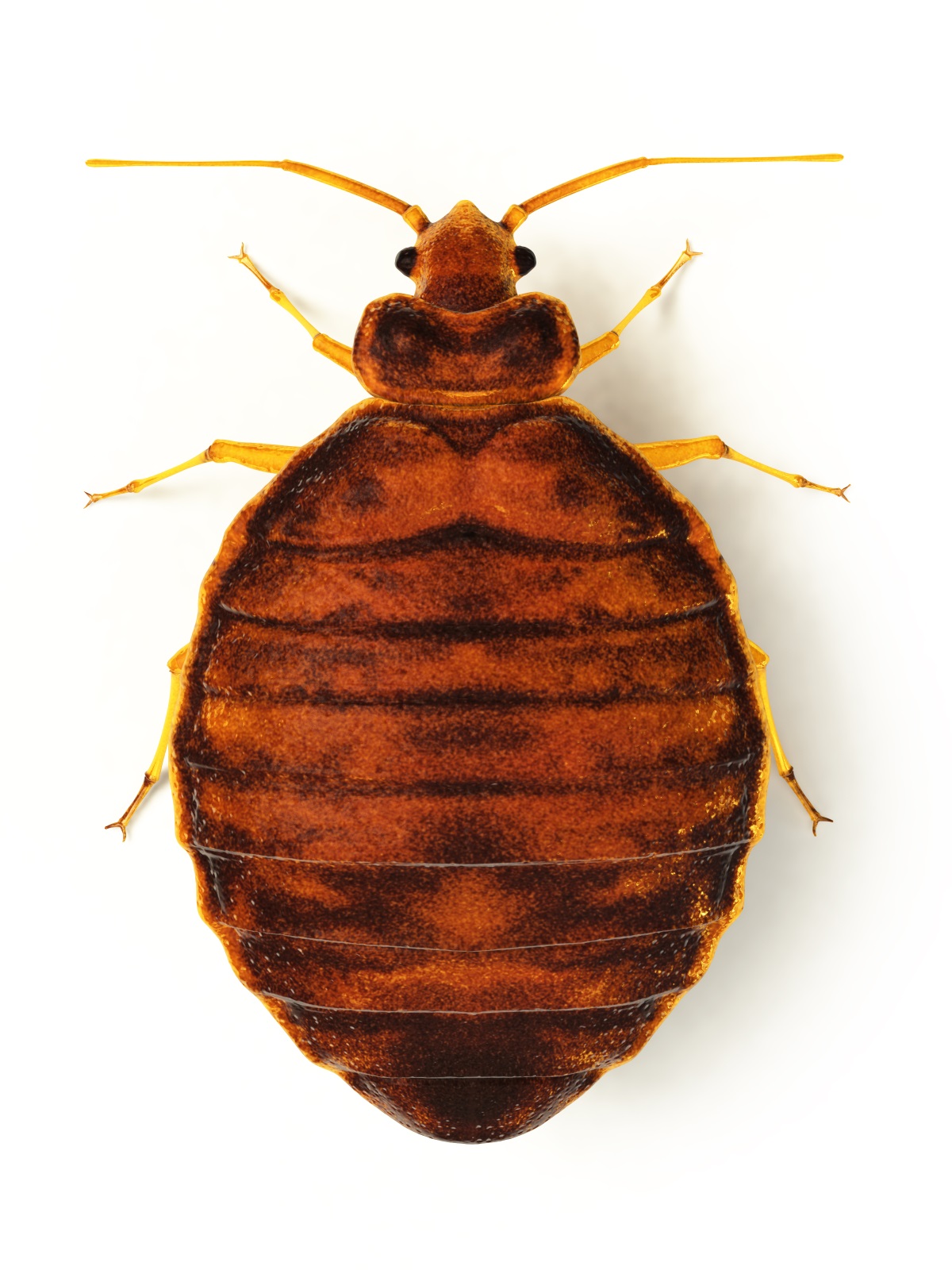





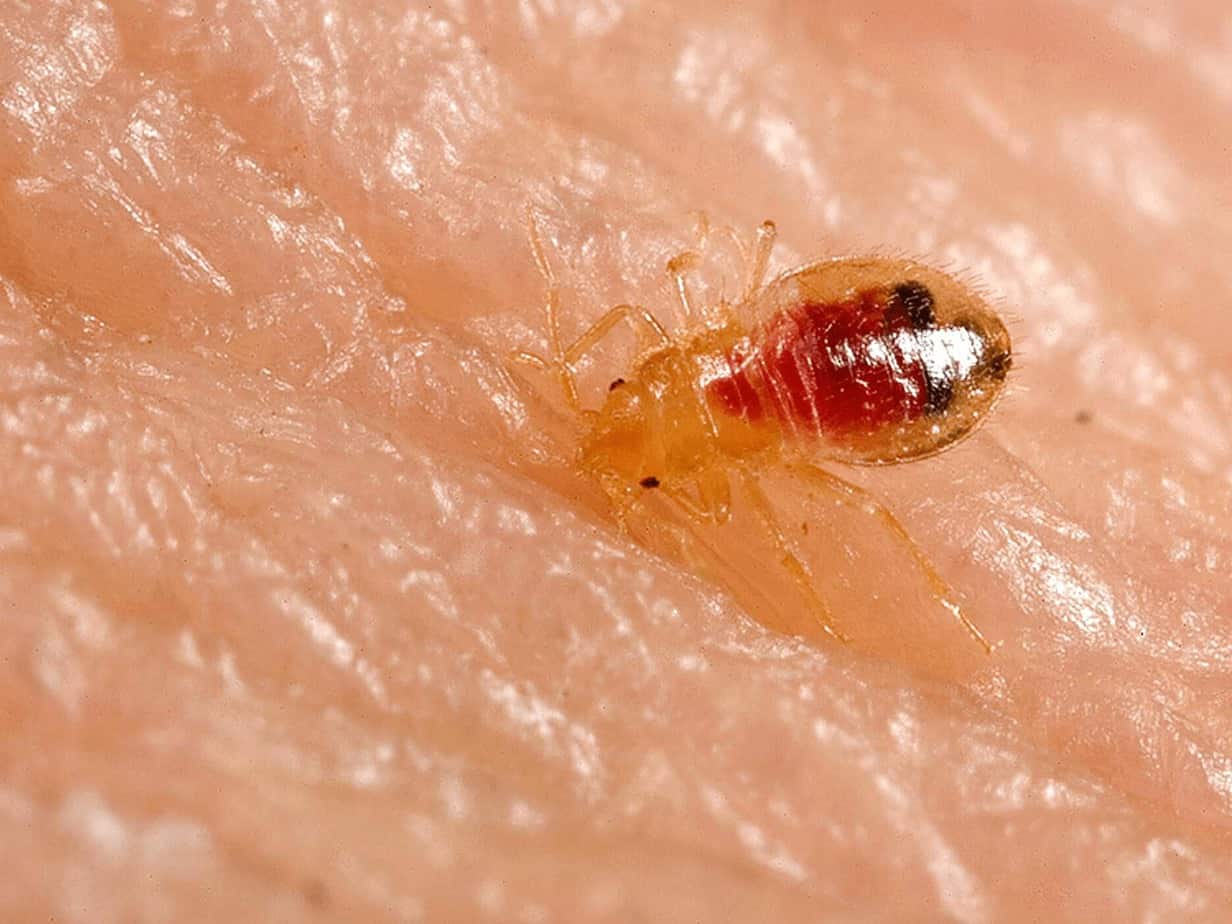
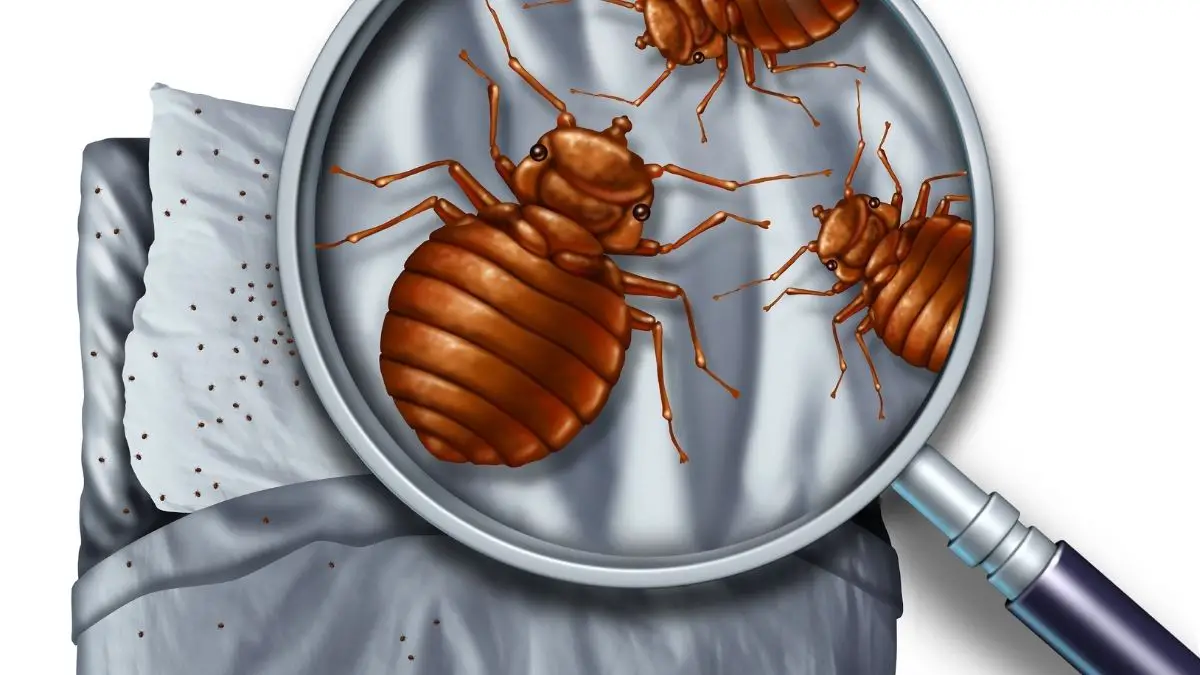

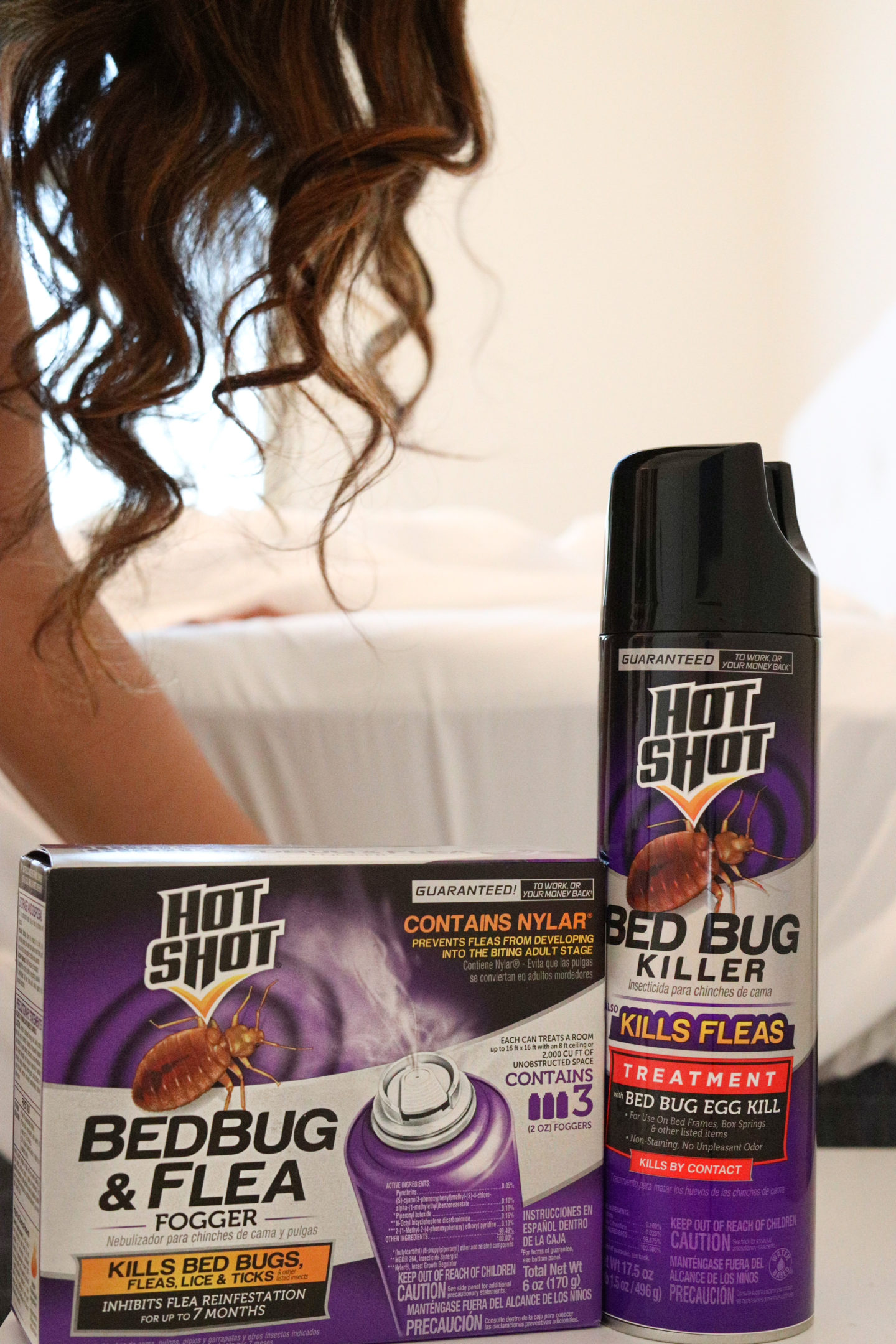




:max_bytes(150000):strip_icc()/bed-bug-bites-overview-2633482_v2-f8bfc57491af4e7a93307ec27a0d9652.png)

